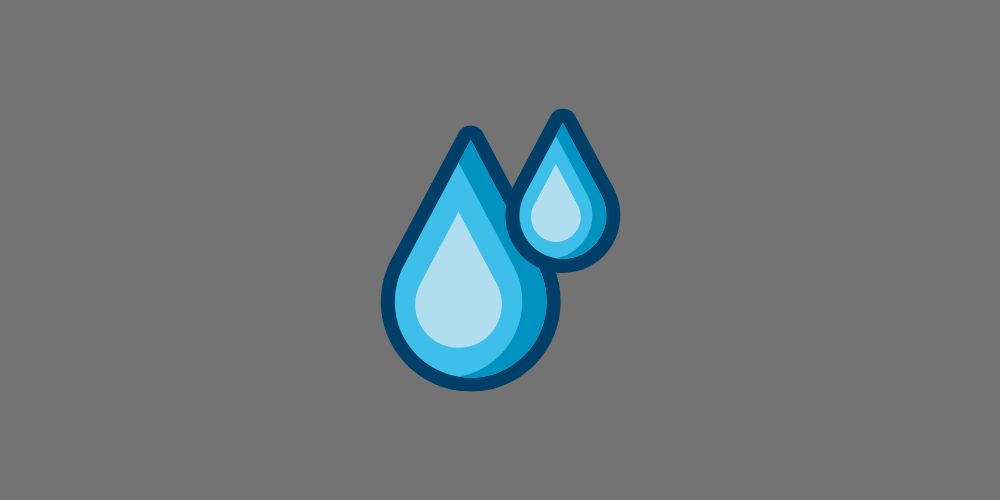According to the United States Environmental Protection Agency (EPA), there are three types of private drinking wells: dug, drilled, and driven.

Each type has its own advantages and disadvantages, but the EPA states that properly constructed and maintained wells can provide a safe and reliable source of drinking water.
In terms of which type is the best, it ultimately depends on the specific site and situation. For example, dug wells can be a good choice in areas with shallow groundwater, while drilled wells may be necessary for deeper aquifers.
Drilled wells
There are two ways to construct a drilled well: cable tool (percussion) or rotary drilling. If the unconsolidated material is penetrated, the installation of a casing and a screen is necessary to prevent the inflow of sediment and collapse. Drilled wells can go more than 1,000 feet deep and can last for decades with proper maintenance.
To avoid water contaminants seeping in from the surface and around the outside of the casing, you must grout seal with either neat cement or bentonite clay.
Driven wells
These are made by driving pipe into the groundwater and do not require as much excavation as dug or drilled wells. However, they do have a shorter lifespan of about 10-30 years and may only be used for smaller water demands. They also have a higher risk of surface contamination and require a well seal to prevent this.
Driven wells are usually only usable in areas where the water table is within 25 feet of the surface and can have a lifespan of.
Because grouting material is not used, nearby surface sources can easily contaminate these wells. Although they are simple and cheap to install, regular testing and the potential for contamination make them less desirable in some cases.
Generally, hand-driven wells are only 30 feet deep at most, while machine-driven wells can surpass 50 feet.
Dug wells
This type of well is dug by hand or with the use of a power auger into an aquifer. They can range from shallow to deep, but are more susceptible to surface contamination and may require lining with brick, tile, or concrete to prevent collapse. These wells typically have a lifespan of 20-30 years due to the possibility of collapse and require regular maintenance and testing.
Dug and bored wells are large in diameter, which then exposes a greater area to the aquifer. With this wider range, these types of wells have an increased ability to get water from sources that aren’t as permeable, such as very fine sand or clay.
Some drawbacks to this sort of well are that they are shallow, and do not have continuous casing and grouting, making them more susceptible to contamination from surface sources nearby. Also, during droughts when the water table drops below the well bottom, they may go dry.
Which type of water comes from wells?
A significant amount of the groundwater we drink comes from aquifers. In order to access this water, a well must be created by drilling until it reaches the underground layer containing the water. Although well are usually manmade, they can also occur naturally at springs and in wetlands.
How long do wells last?
Wells can last for decades with proper maintenance and regular testing. However, the type of well (dug, drilled, or driven) and its construction can also affect its longevity.
Typically, a well has a lifespan of between 30 and 50 years.
In general, drilled and dug wells tend to have longer lifespans than driven wells. It is important to remember that potential water contamination from surface sources and collapses can also decrease the well’s lifespan.
Regular testing and maintenance are crucial in prolonging the life of a well and ensuring safe drinking water. Properly sealing the well can also prevent contamination and extend its lifespan.
Do wells dry up if not used?
It is possible for a well to go dry if it is not used regularly, especially during periods of drought when the water table may drop below the level of the well. However, regular use can also help prevent this by keeping the well active and pumping water from deeper levels in the aquifer. It is important to monitor water levels and consider potential drought conditions when planning for well use and maintenance.
Aquifers are recharged naturally through a combination of more precipitation and less withdrawal from groundwater pumps. In some cases, wells can run dry permanently, but this is not always common and can often be prevented through proper management. In extreme cases, a new well may need to be drilled in order to maintain a reliable water source.
Final Thoughts
Overall, the best type of well ultimately depends on the specific site and situation. It is important to consider factors such as the depth of water, geological formations, the potential for contamination, and water demand before deciding on a good type. In any case, proper construction and maintenance are key for a safe and reliable source of drinking water.
In terms of cost and access to groundwater, drilled wells are often the preferred choice. They can be drilled deep into the ground to reach aquifers, and they can also be easily sealed to prevent surface contamination. However, dug and driven wells may be a better option in areas with shallow water tables or for smaller water demands.
Regardless of the type, regular testing and maintenance are necessary to ensure a clean and reliable source of water. Consulting with a professional well driller can also help determine the best choice for your situation.

